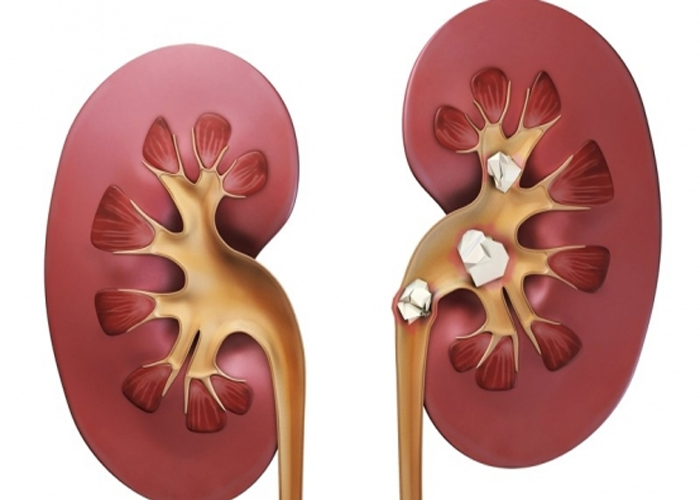Kidney stones are the result of a buildup of dissolved minerals on the inner lining of the kidneys.
They usually consist of calcium oxalate but may be composed of several other compounds.
Kidney stones can grow to the size of a golf ball while maintaining a sharp, crystalline structure.
The stones may be small and pass unnoticed through the urinary tract, but they can also cause extreme pain as they leave the body.
The kidneys assume an important part in wiping out waste items from the body. These waste items typically stay broke down in the pee as it passes through the kidney seepage framework (calyces, renal pelvis and ureter). Kidney stones are crystalline particles that structure in the pee, regularly creating torment when they deter pee seepage from a kidney test.
Roughly one in ten Canadians will create a kidney stone. This issue is more normal in men than in ladies, and, it happens infrequently in youngsters. Kidney stone structuring in many grown-ups is not thought to be an inherited condition regardless of the fact that few relatives have had stones. Children's with kidney stones, in any case, are more inclined to have an inherited danger. Some youngsters have extreme manifestations of stone sickness that require careful examination and successive catch up.
